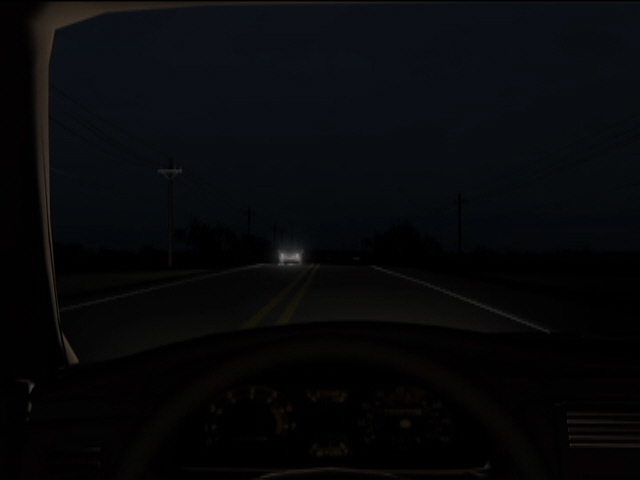
Driving at Night - Dangers
Night driving can be a daunting experience for many drivers, especially when it comes to safety. Driving at night can be more dangerous than driving during the day, due to reduced visibility, fatigue, and other factors. To keep yourself and others safe, it is important to be aware of the dangers of night driving, and take the proper precautions.
- One of the main dangers of night driving is reduced visibility. At night, it can be difficult to see small objects, animals, and other potential hazards. To reduce the risk of an accident, drivers should slow down and maintain a safe distance from other vehicles. Drivers should also use their headlights and make sure they are not too bright, as bright headlights can temporarily blind other drivers.
- Fatigue is another danger of night driving. Many drivers who are tired can experience drowsiness and have a slower reaction time. To reduce the risk of fatigue, drivers should plan their route in advance and take breaks whenever needed. They should also plan to drive during the day, when possible.
- Drivers should also be aware of the increased risk of drunk driving at night. Many drivers who have been drinking alcohol may be more likely to be on the roads at night. To reduce the risk of sharing the road with an intoxicated driver, it is important to pay attention to the behavior of other drivers, and report any suspicious activity to the police.
- Finally, drivers should be aware of the potential for wildlife on the roads at night. Animals may be attracted to headlights, and can cross the road without warning. To reduce the risk of an accident, drivers should be alert and watch out for any animals crossing the road.
Night driving can be a dangerous activity, but it doesn't have to be. By taking the proper precautions and being aware of the potential dangers, drivers can keep themselves and others safe on the roads.















